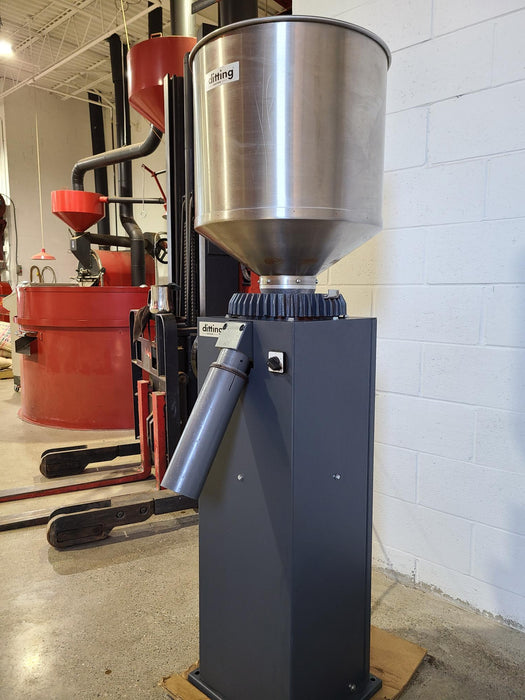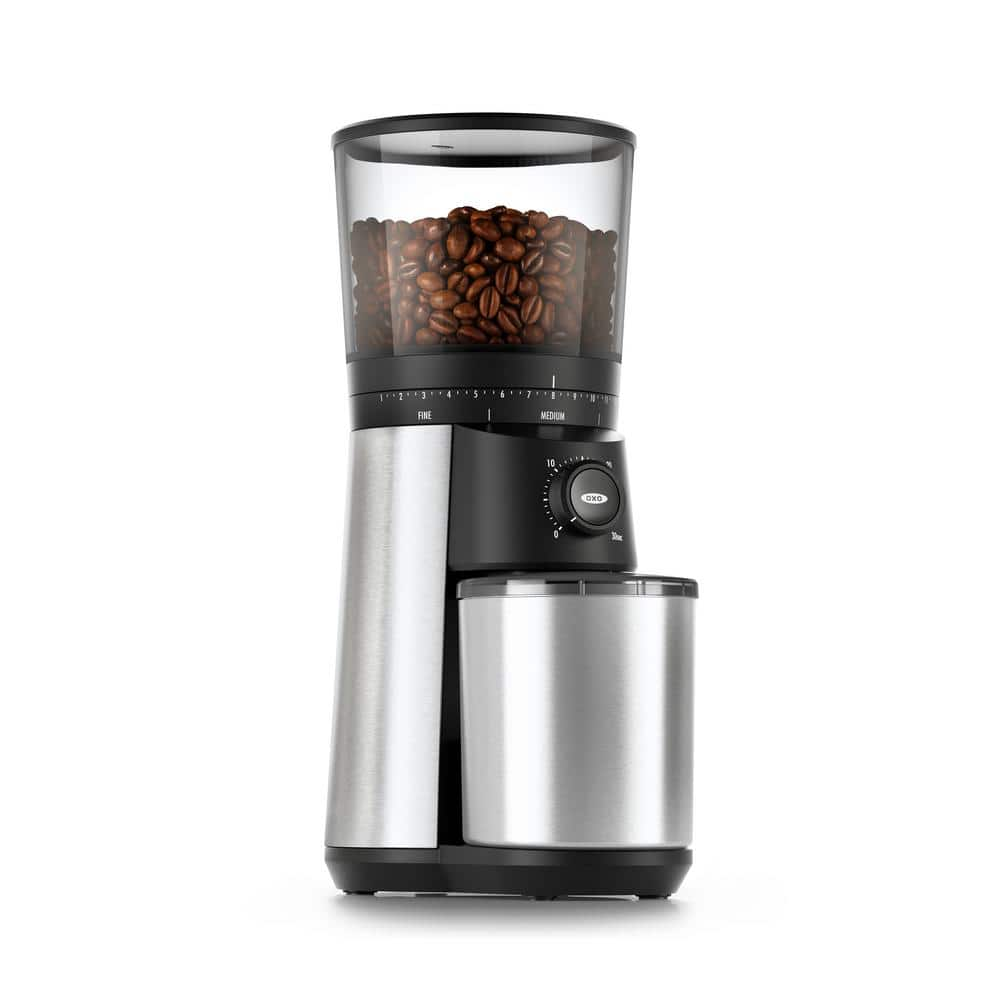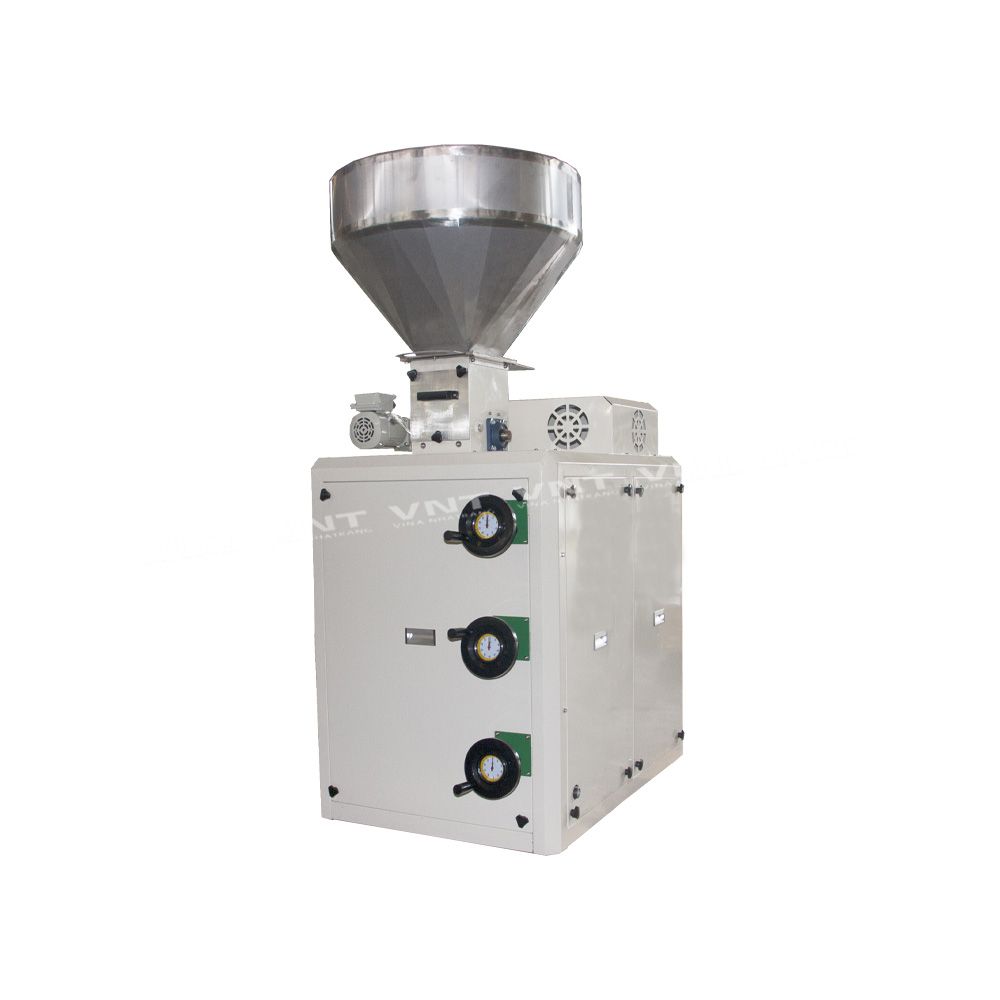Industrial Coffee Grinder for High-Volume Brewing: A Necessary Tool
Top Attributes to Seek in an Industrial Coffee Mill
When evaluating a commercial coffee grinder, it is essential to determine key attributes that impact both efficiency and long life. Consistency in grind dimension is critical for optimal removal, while flexible grinding speed allows for a balance in between efficiency and high quality.
Work Dimension Uniformity
While different variables can affect the quality of made coffee, grind size uniformity remains critical in accomplishing optimum removal. The harmony of coffee premises straight affects the brewing procedure, as irregular fragment dimensions can lead to over-extraction or under-extraction. This disparity leads to imbalanced flavors, where specific notes may be overpowering while others are muted.
Industrial coffee grinders are developed to offer a high level of precision, commonly using burr grinding devices to ensure an uniform grind size. Unlike blade mills, which can develop a mix of penalty and rugged fragments, burr grinders squash the beans in between 2 surface areas, permitting for far better control over work dimension. This uniformity is critical throughout various brewing techniques, whether espresso, French press, or pour-over, as each technique requires particular grind dimensions for optimum flavor extraction.
In addition, consistency in grind size contributes to the total performance of the brewing process. A consistent work permits also water circulation, minimizing the danger of improving and directing removal performance. In summary, buying a commercial coffee grinder with a concentrate on work dimension uniformity is vital for accomplishing top quality coffee with preferable flavor profiles.
Grinding Rate
Grinding speed plays a crucial duty in the general performance of commercial coffee grinders, straight affecting both the quality of the work and the efficiency of the procedure. Industrial Coffee Grinder. Higher grinding rates can substantially enhance the throughput, making it feasible to process bigger quantities of coffee beans in a shorter time framework. This is particularly vital for companies that depend on high-volume production, such as coffee roasteries and cafes
Nevertheless, while speed is important, it is similarly important to stabilize it with the quality of the grind. Exceedingly high grinding speeds can produce heat, which may detrimentally affect the taste account of the coffee by triggering the beans to shed important oils and fragrances. A mill that offers adjustable rate setups can provide ideal adaptability, allowing drivers to tailor the grinding process according to certain needs.
Furthermore, the grinding speed must be regular to make certain harmony in the work dimension, more contributing to the overall taste and brewing top quality of the coffee. In summary, assessing grinding speed is important for choosing a commercial coffee grinder that satisfies both productivity and quality needs.
Build Top Quality and Longevity
The performance of a commercial coffee grinder is not solely determined by its grinding rate; develop high quality and resilience are equally vital variables that affect long-lasting performance and integrity. A well-constructed mill will certainly endure the rigors of day-to-day use, making it an audio financial investment for any business operation.

Sturdiness additionally expands to the grinder's electric motor and inner mechanisms. Industrial coffee grinders must be equipped with heavy-duty electric motors qualified of maintaining prolonged operation without overheating. Moreover, durable burrs are vital, as they directly affect the quality of the work and contribute to the overall longevity of the machine.

Ease of Usage and Upkeep
Regularly prioritizing convenience of usage and maintenance can substantially boost the functional efficiency of an industrial coffee mill. User-friendly attributes such as instinctive controls and clear labeling are vital for decreasing downtime and making sure that operators can rapidly adjust to the equipment. An ergonomic design, consisting of height-adjustable receptacles and accessible grinding chambers, enables comfortable operation and facilitates the loading and unloading of coffee beans.
Furthermore, simplicity of maintenance is crucial for prolonging the life expectancy of the grinder. Tools with detachable parts and elements developed for quick cleaning can enhance maintenance tasks, reducing the time spent on regular maintenance - Industrial Coffee Grinder. Search for grinders that integrate self-cleaning mechanisms or require minimal disassembly, as these features can save beneficial labor hours
Furthermore, clear upkeep schedules and documents are essential. Grinders that include comprehensive customer guidebooks outlining maintenance procedures can assist drivers stick to finest techniques, guaranteeing constant performance and quality. By investing in a commercial coffee mill that highlights convenience of use and upkeep, organizations can improve productivity, lower operational expenses, and maintain the high criteria expected in coffee production.


Noise Degree Decrease
When choosing an industrial coffee mill, sound level decrease is an important element that can substantially affect the work setting. High noise degrees can bring about staff member exhaustion, minimized concentration, and possible hearing damages gradually, making it necessary to choose a grinder designed with sound-dampening attributes.
Try to find grinders that integrate advanced noise-reduction innovations, such as sound-insulated real estates and vibration-dampening places. These features assist to lessen operational sounds, producing a quieter atmosphere for productivity. Industrial Coffee Grinder. In addition, picking grinders furnished with low-noise electric motors can better improve audio reduction, making sure an extra pleasant workplace
Consider the grinder's general design, too. Versions with integrated sound-absorbing products can dramatically decrease sound emissions during grinding cycles. The placement of the grinder within the office must be critical. Placing it on a steady, hefty surface area can help to lower resonances that add to noise.
Inevitably, investing in a coffee mill that focuses on noise decrease not only enhances the convenience of employees however likewise lines up with a dedication to keeping a safe and efficient workplace. This attention to detail can result in improved employee fulfillment and retention.
Conclusion
In recap, selecting a commercial coffee grinder demands mindful factor to consider of several key features. Grind dimension uniformity is important for ideal removal, while adjustable grinding rate facilitates an equilibrium in between throughput and high quality. The selection of products straight impacts build top quality and sturdiness, official website making sure durability in a demanding visit this website environment. Furthermore, convenience of use and maintenance, in addition to sound decrease technologies, improve operational performance and comfort. Focusing on these features will certainly bring about a much more reliable grinding service.
Industrial coffee grinders are made to supply a high level of accuracy, frequently utilizing burr grinding devices to make certain a consistent grind dimension. Unlike blade mills, which can develop a mix of penalty and rugged particles, burr grinders crush the beans between two surfaces, enabling for far better control over grind dimension. In recap, investing in a commercial coffee mill with a focus on work size consistency is crucial for achieving top notch coffee with desirable taste accounts.
Grinding rate plays a crucial role in the total efficiency of industrial coffee mills, straight find more info influencing both the top quality of the grind and the efficiency of the procedure. A mill that provides flexible speed setups can give optimum versatility, enabling operators to tailor the grinding process according to details needs.